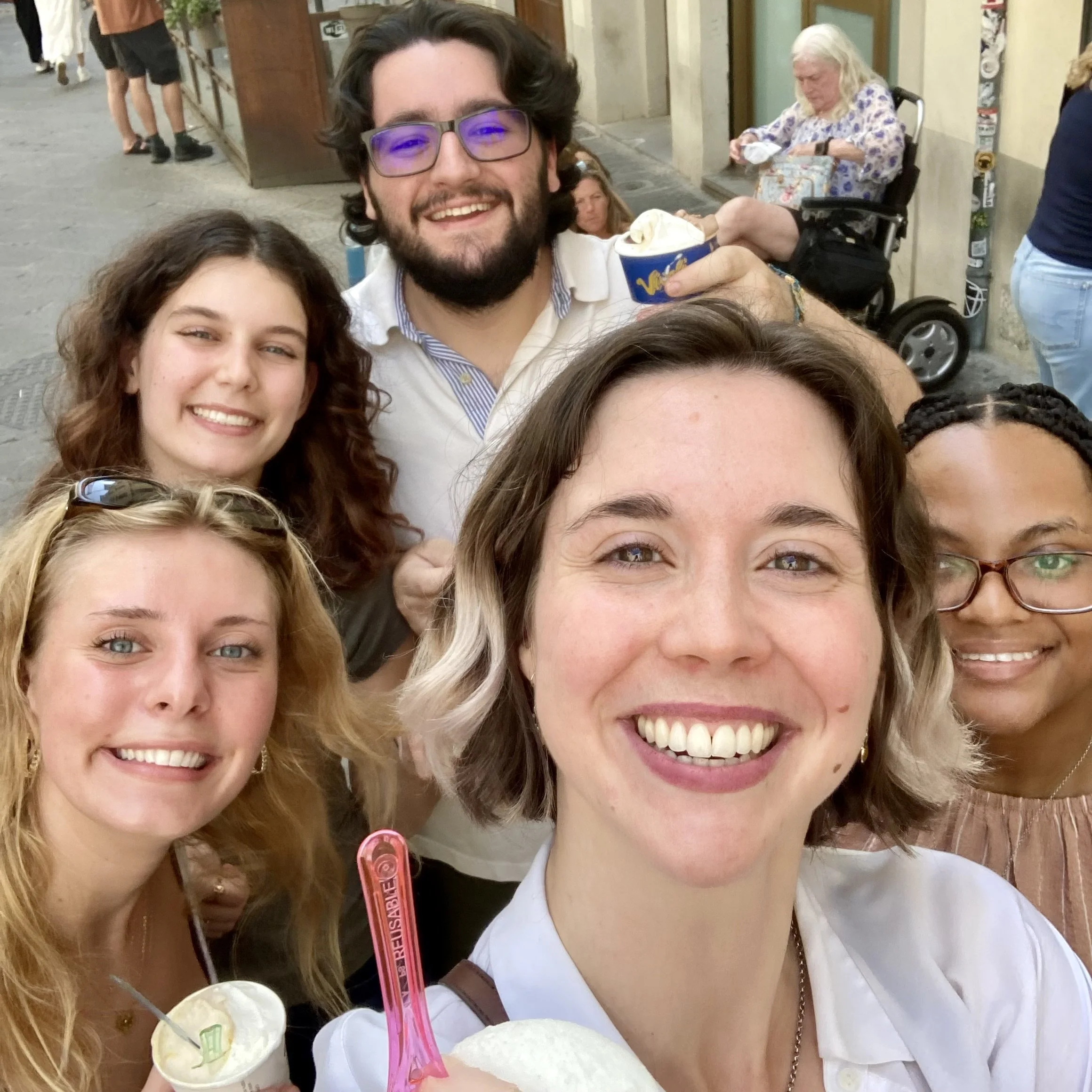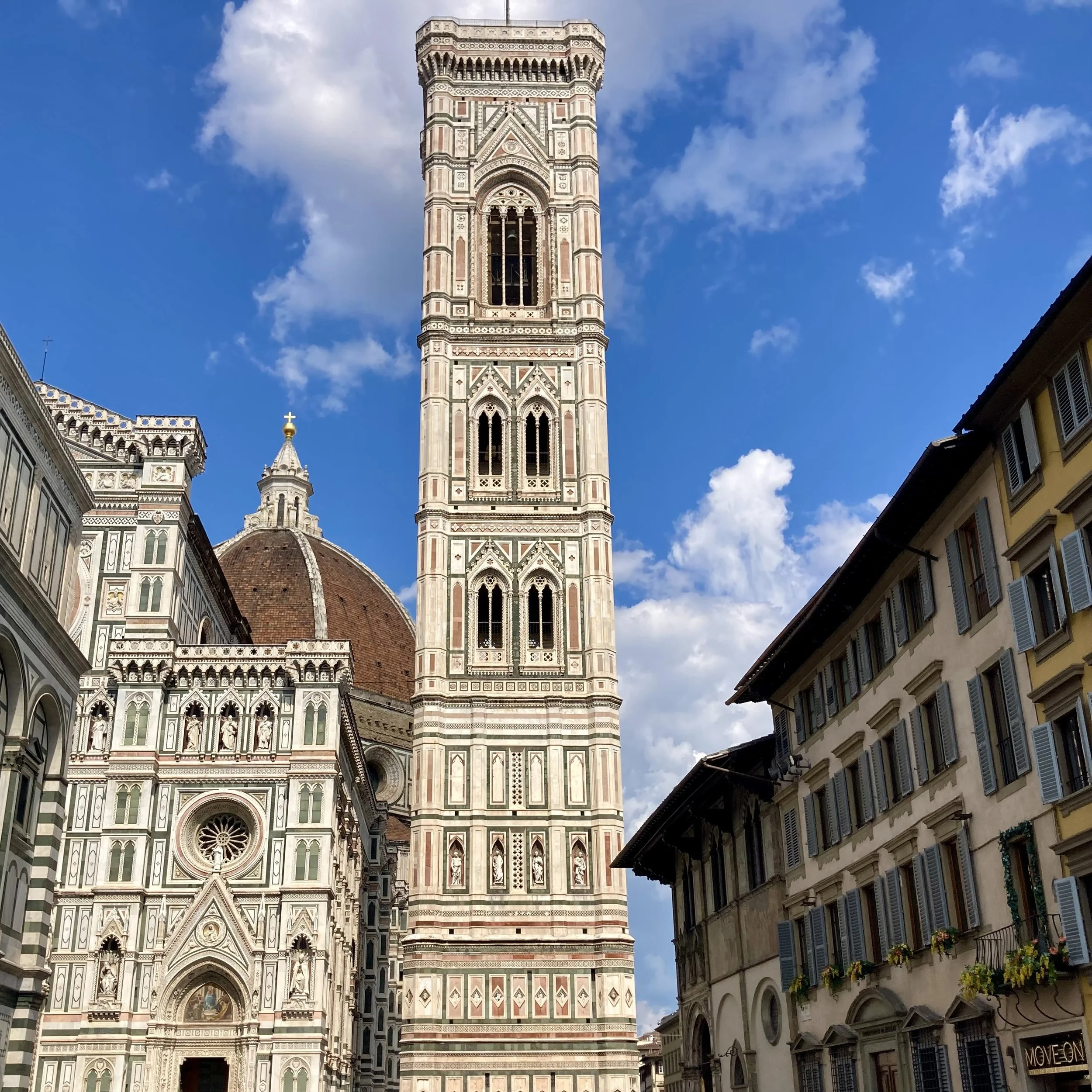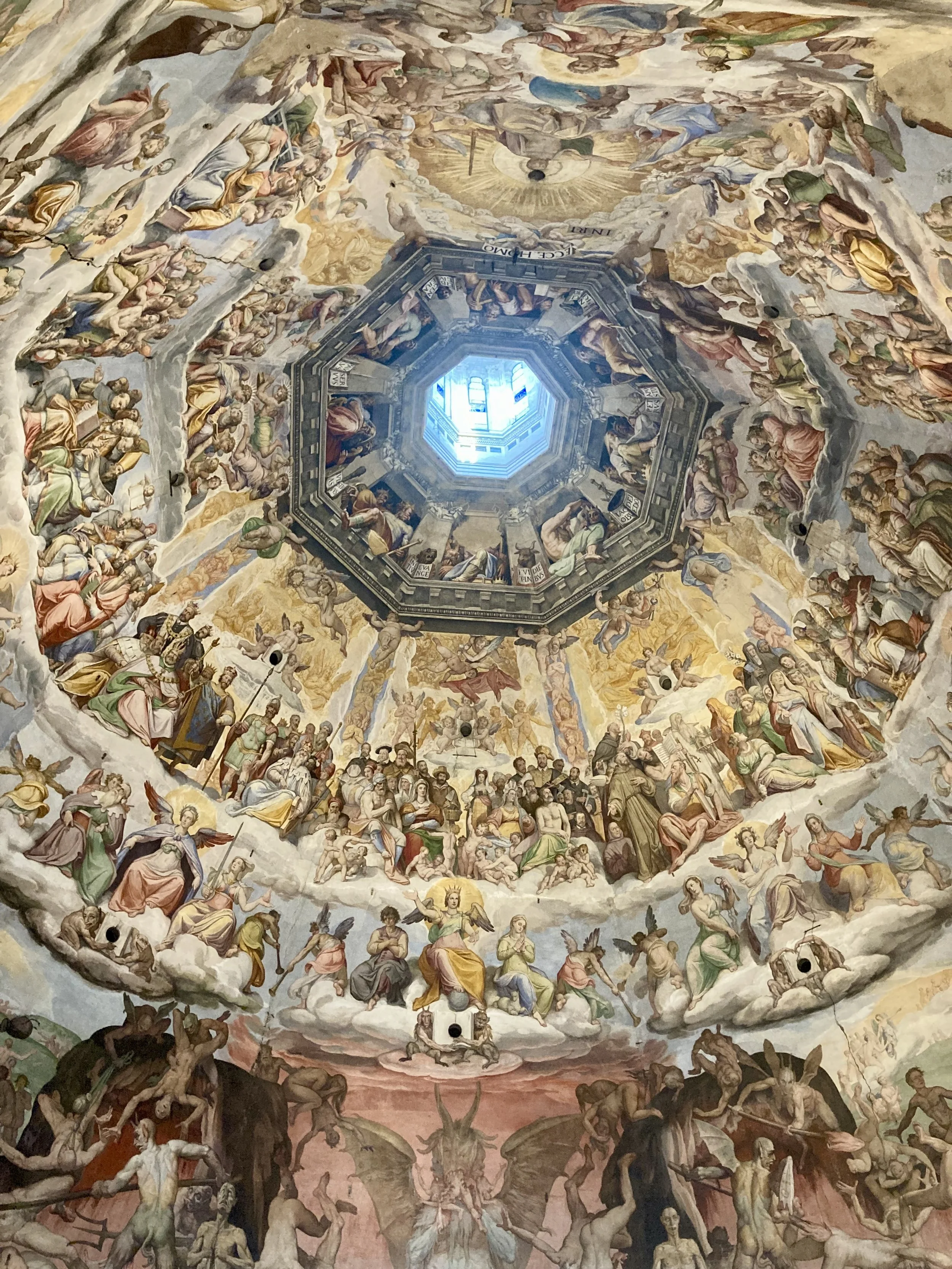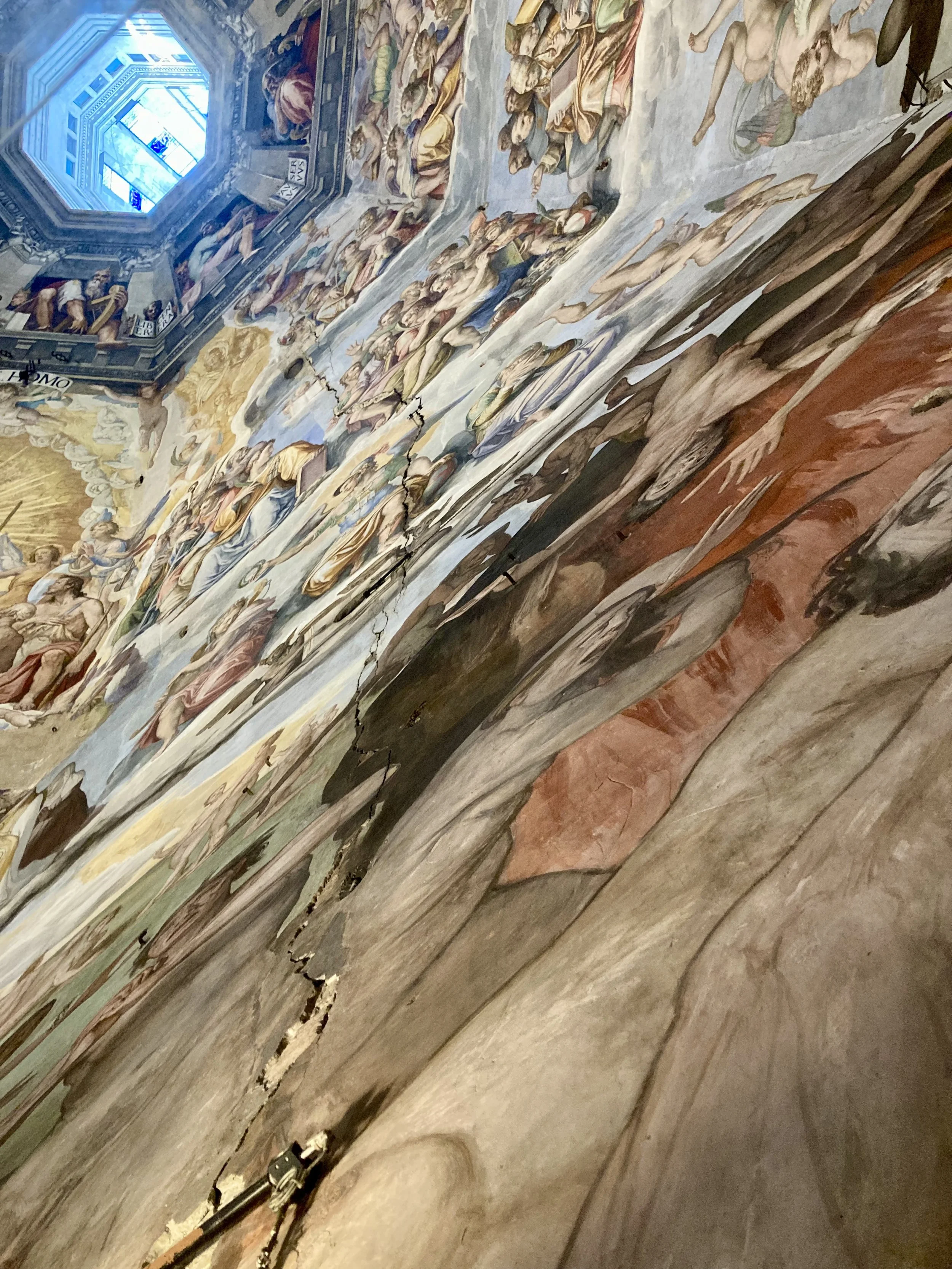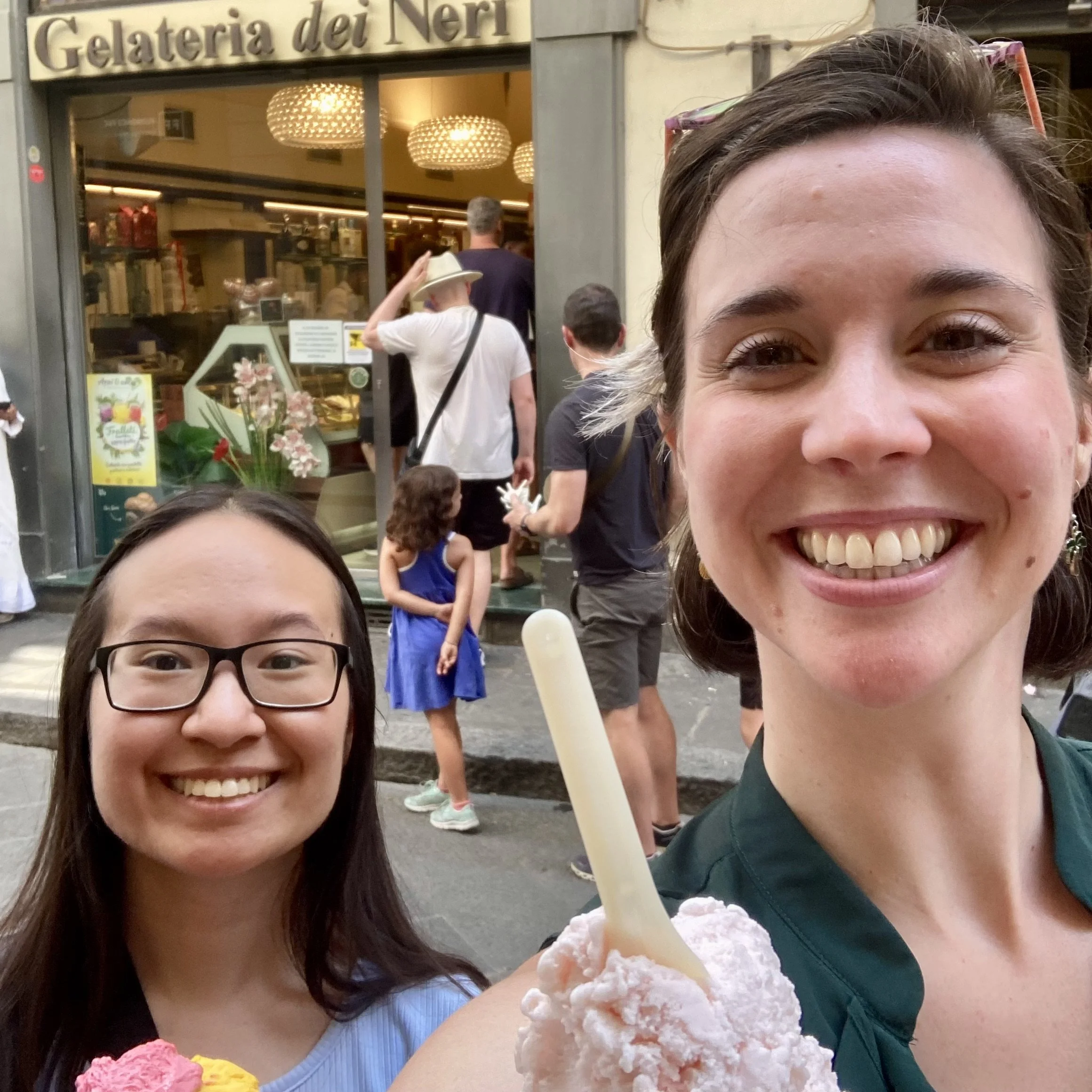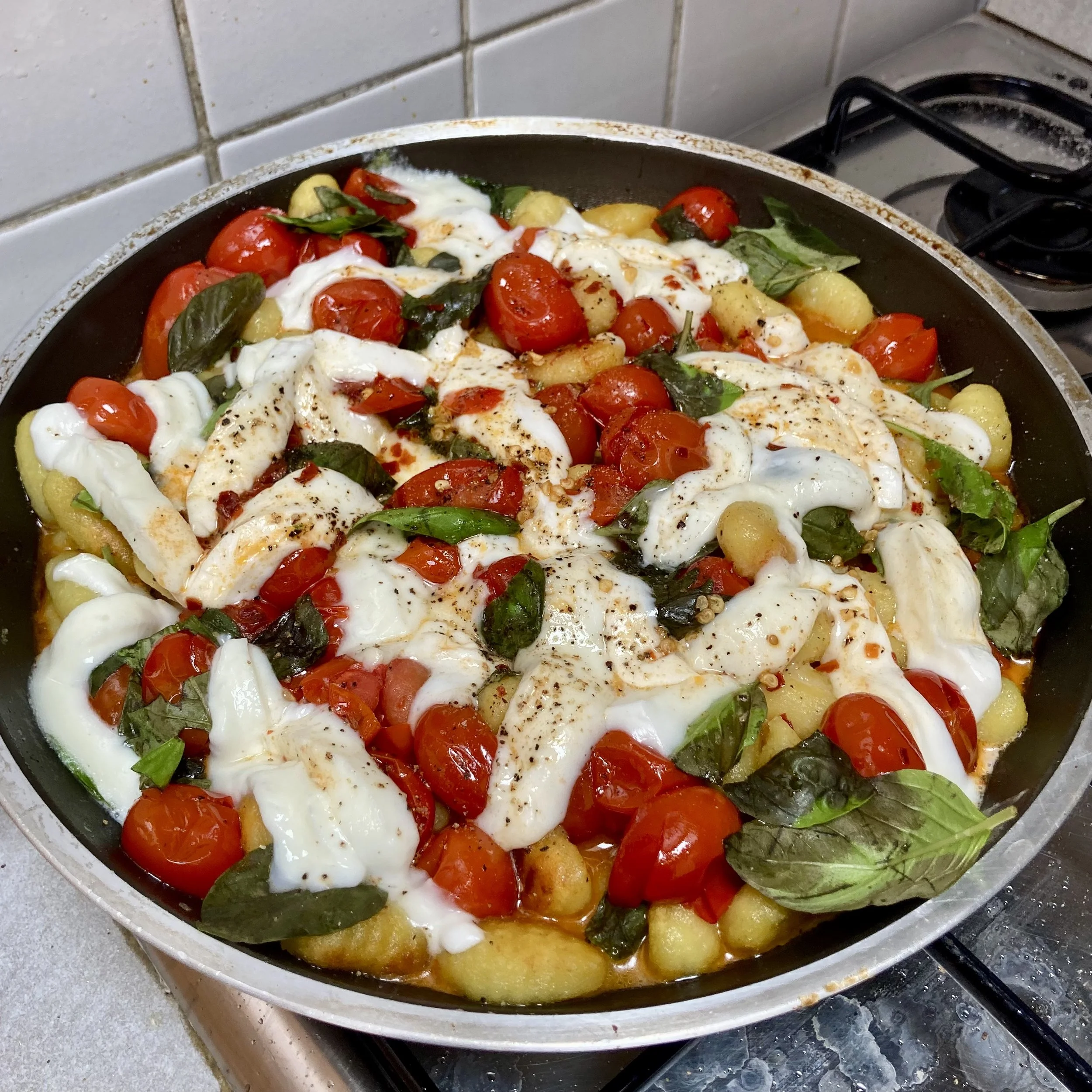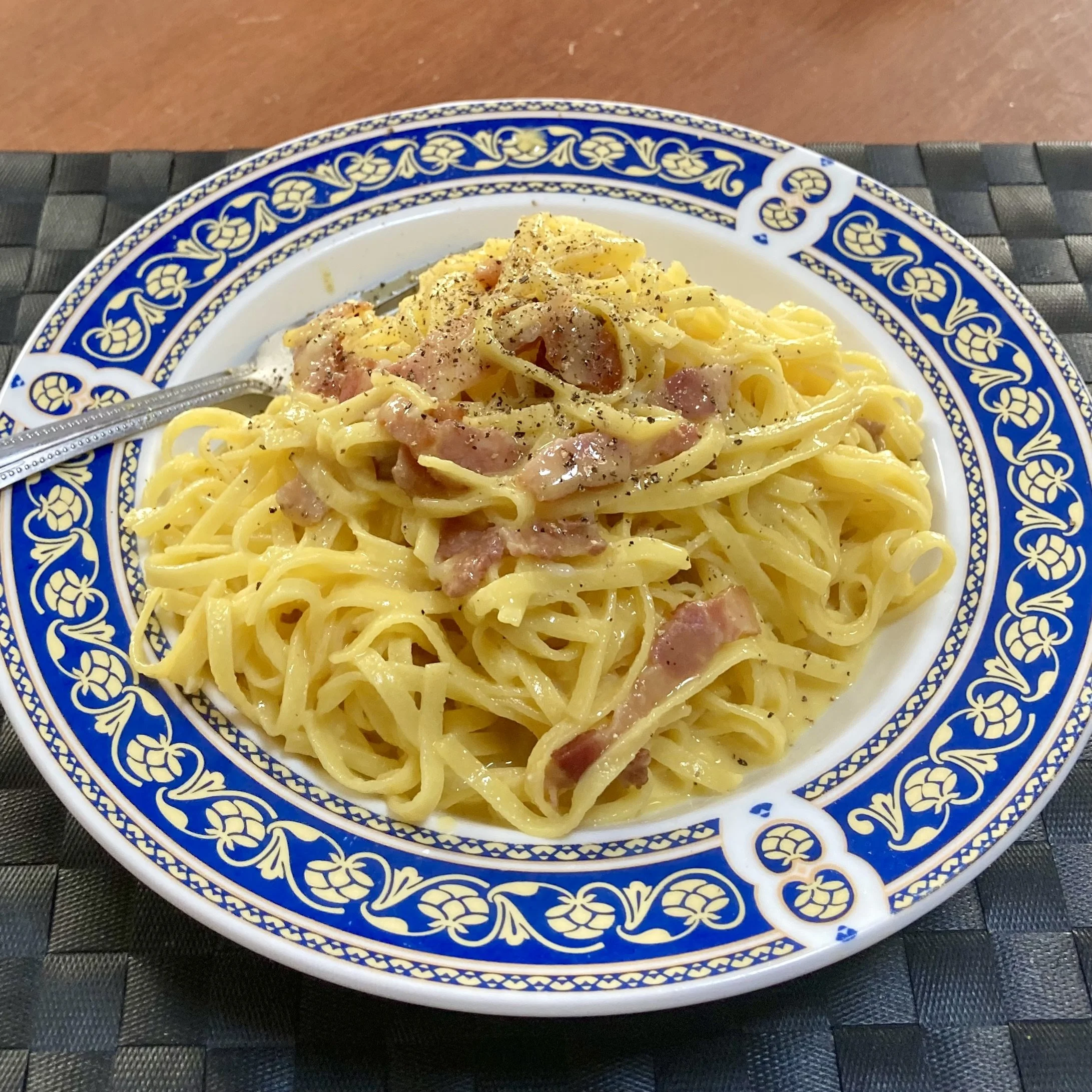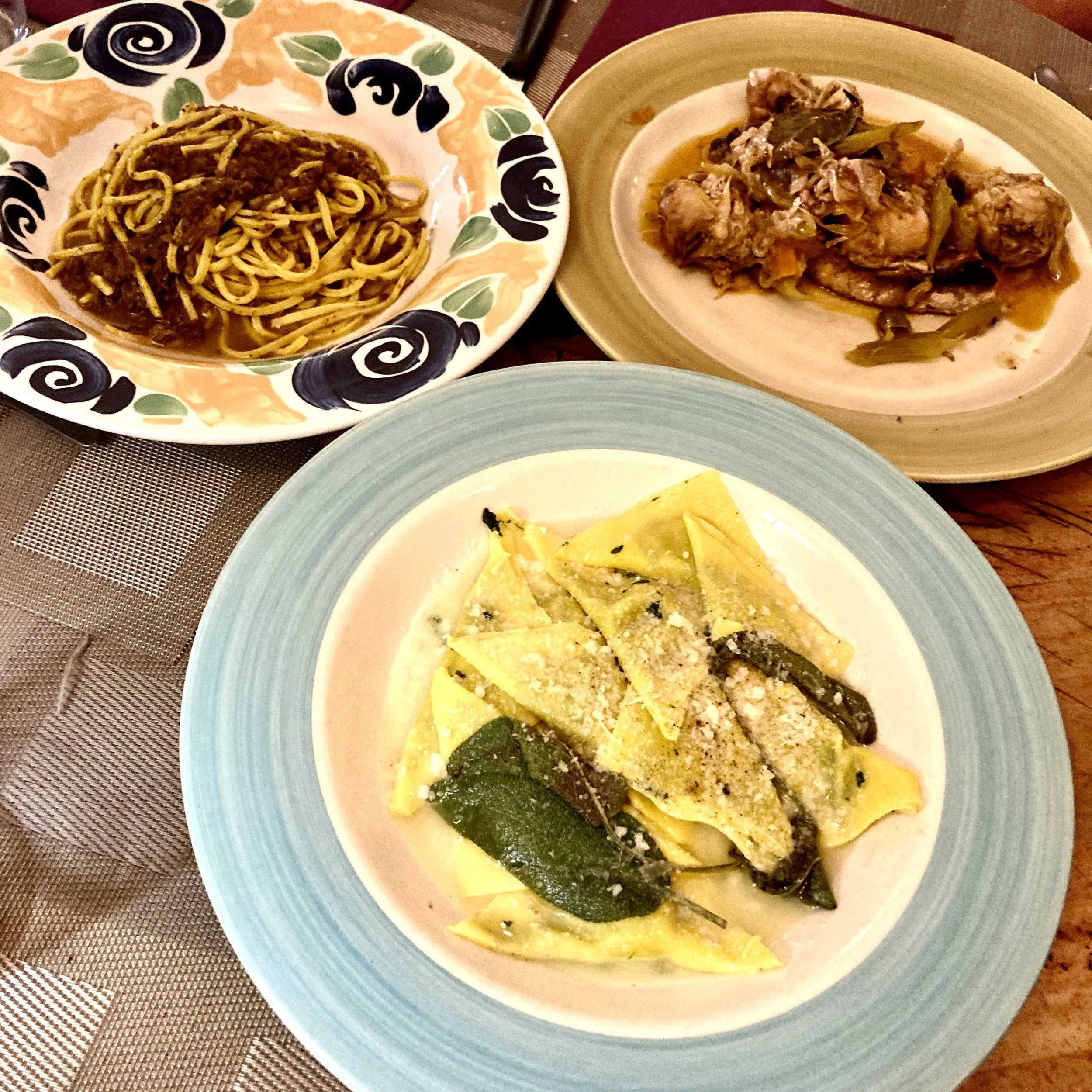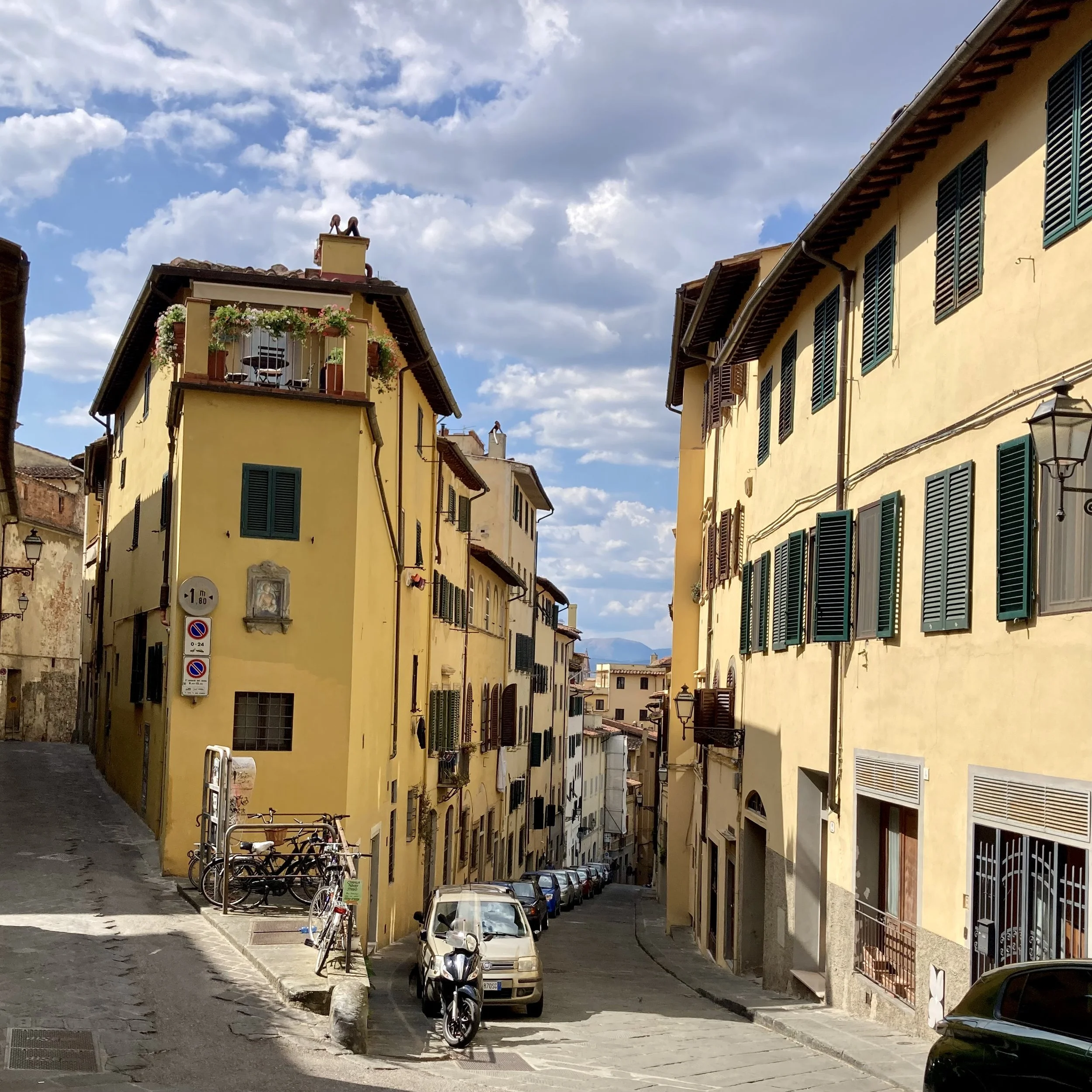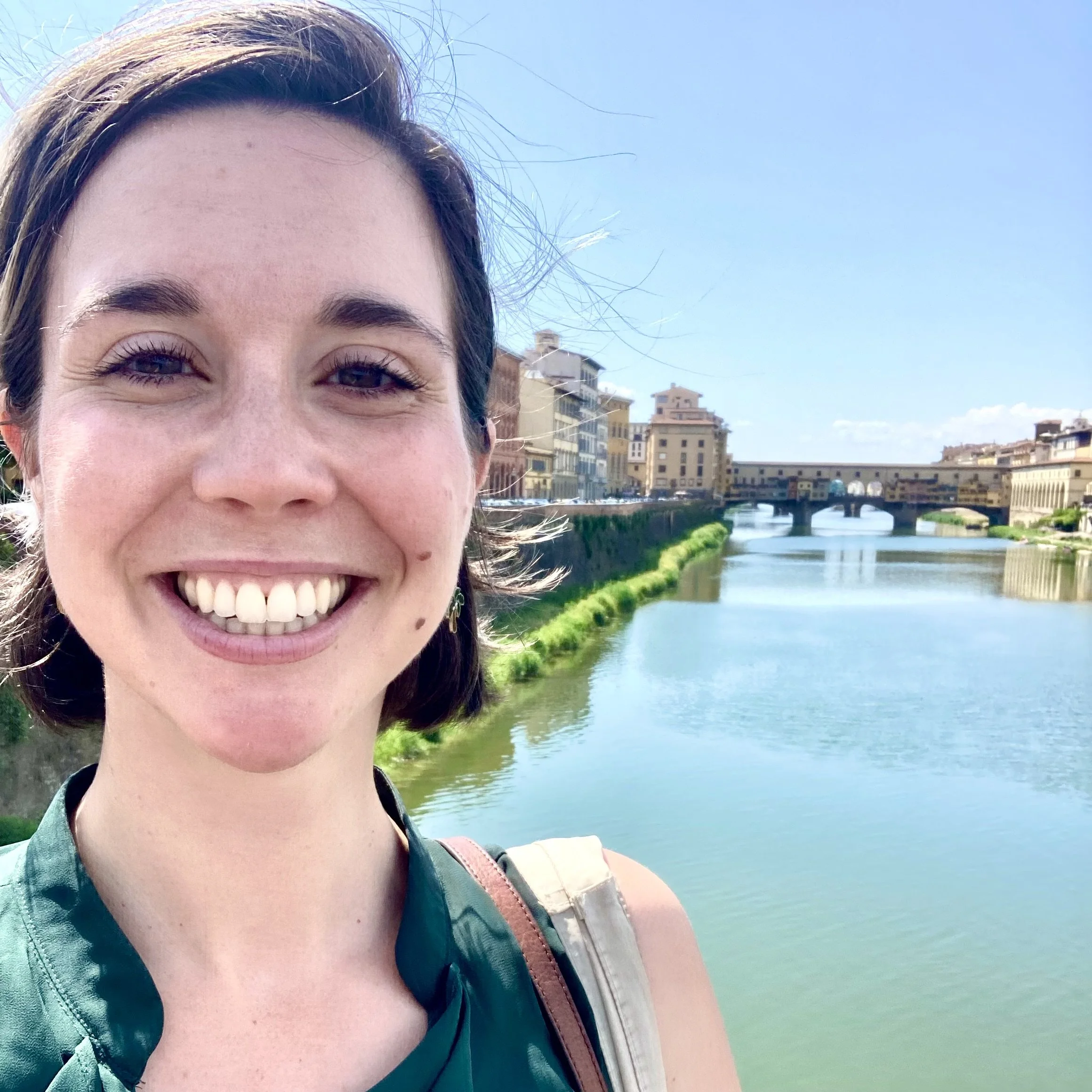Firenze: Week 1- Food, Power and Literacy
Week 1: Food, Power and Literacy
Classes are underway here in Florence, as well as Marie’s Italian cooking education, sponsored by: Marie and NYTimes cooking. One of my favorite things about going to a new country is visiting the grocery store. It is one of the most affordable ways to go shopping and be adventurous or experience a quality of food that, though still affordable in that place, would make you think at least twice before taking something through the check out at your local supermarket in the US. Or, perhaps more interesting to me, is finally having easy access to ingredients that you have seen in recipes but only been able to order online in the US to make a specific dish. When I lived in Paris, I sadly was not yet friends with NYTimes Cooking and so I was not as adventurous with trying French dishes at home (not to mention that traditional French cuisine can be a bit heavy). I did, however, purchase a cookbook because I recognized that I would need to adjust my repertoire of recipes to fit the ingredients I was able to find in the local grocery store.
Last summer, when I was in Osaka for three weeks helping my sister Anna with the adjustment to life with a little baby, one of the things she asked me to do to help was to cook meals. This was an initially daunting task for me, because even though I am a good and adventurous cook, especially when guided by a good and adventurous recipe, I recognized that most of the recipes I have come to love cooking in the US are based largely upon what ingredients are readily available (which is many!). Most of my go-to recipes in NYC would have required trips to specialty stores in Japan. My aha! moment came when I realized how many recipes I would veto in the US because it wouldn’t be easy to come by the ingredients (specific seafood, vegetables or seasonings), and how many of these ingredients were readily available in the Japanese supermarket across the street from Anna and Kosuke’s apartment. Suddenly recipes with scallops, japanese eggplant, fancy mushrooms, or squid did not involve research to find quality ingredients, nor a worry that I would ruin a cut of meat for which I had paid out-the-nose. All of the Japanese recipes that I had longingly looked at but then abandoned became options. Cooking meals for the family became part of my daily adventure.
I had not thought about this before traveling to Italy this summer, but after my first trip to the grocery store (day 1, very jet lagged and hanging on for dear life), I knew I needed a plan. The pasta and cheese selection in the Italian grocery store, as you might imagine, is extraordinary. Now, of course my cooking utensils are limited because my housing is meant for temporary stays- but it is amazing what you can do with a pot, a pan and a cutting board. Thus, I have decided to make one of my points of adventure in Italy: a cooking extravaganza. I have made three excellent recipes so far (all pasta of some variety, of course): a linguine carbonara, a tomato and mozzarella gnocchi, and a ricotta and zucchini rigatoni. Guanciale? Easy. REALLY good tomatoes (and fresh mozzarella)? Easy! Nice ricotta? Easy. Not to mention fresh pastas. I certainly intend to also enjoy food prepared by others, but let’s be honest, I am still on a student budget. Even though it is still wildly more affordable to dine out here, a girl’s gotta budget. And if I consider the pâtisserie budget I had in Paris for my weekly treat, I would say it isn’t to hard to have 3-4 gelatos a week on a similar dime. So far I have been feeling the fruity flavors (it’s hot here): fragola (strawberry), frutti di bosco (berry), limone (lemon), pesca (peach), and pomelo rosa (basically grapefruit- yummmm!).
Florence is, of course, more than just food. But I think any Italian would be proud that I dedicated a whole page of this blog to the food, and that it came first. I should also mention that I am actively adjusting to the meal schedule and format of many Italians- which means later meals (lunch at 1PM and dinner at 8PM), largely due to the intensity of the sun during the day, and also a very different type of breakfast. When you eat dinner late, you don’t wake up with a huge appetite. So you maybe have a few biscuit cookies (far less sweet than American versions, thank goodness), and with the help of your friendly neighborhood moka, you make a coffee. I think it isn’t quite espresso, but it is strong. Maybe the closest reference I would know would be Ethiopian coffee. So nice and strong! If you know me, you may be thinking, “What? Marie, drinking coffee in the morning?? That sounds like a recipe for disaster!” And I would respond, “Right you are, my friend!” I also brought my regular morning caffeine-drug- a (now) twice-imported sencha (that Anna sent me via care-package exchange). But some mornings are just coffee mornings. The coffee is so good! I definitely will be coming home with at least one moka, and a couple bags of caffé.
So there you have it- food and coffee.
I am just kidding :-) Ovviamente there are also many beautiful things to see: a rich Renaissance history or art and architecture, for example. Florence is a tricky city to really know because the ratio of tourists to florentines is ridiculous. The tourists far outnumber the locals, and as magnificent as it is to have a residence less than a block from the duomo, we end up steeped in the tourist culture of the city. The courses I am TAing use the history and art of the city as a springboard to relate to leadership and networking theories and strategies. Fascinating. I have taken plenty of humanities classes about history and art (and obviously music), but I absolutely love the interdisciplinary lense of learning these things in tandem with modern ideas. I think this is essential to education and to the survival and importance of the humanities. I have also never had any coursework in leadership or networking and it is so interesting and relevant. In fact, it is making me adjust the courses I want to take this fall. When you have access to such brilliant professors in an interdisciplinary context, like at a university (vs a conservatory), you have to take advantage!
This week’s excursion was to the duomo. First, early on Friday we climbed the cupola for a great panoramic view of the city and a wonderful upclose perspective on the cathedral’s fresco. Then in the afternoon, we toured the museum of the duomo with a local guide who filled us in on why Brunelleschi’s dome was such a feat, the perspective with which the statues were created and the significance of gold leaf, among other things. I particularly enjoyed asking about the large stand of music holding very large part-books of numes (music) and discovering that everyone was reading from the same, large part-book. There was also an artist whose last name was Daddi, so that was good for a(n obviously terribly irreverent) laugh. Finally, our group changed course to go to the baptistry. There are rules about covering knees and shoulders in religious spaces, so one of our group carried around a pair of sweatpants for the whole tour, and in the 95 degree weather, donned an entire sweatsuit to enter the baptistry. True commitment.
While in the baptistry, one of the students pointed out Adam and Eve on the ceiling fresco. As we were looking, another student asked about it and suddenly a small group of us were discussing stories from the Bible, quite relevant to the church we were touring, to students who had never heard or understood them before.This may have been the first time in my life that I have heard young American students express interest in Bible stories that they know nothing about, and to realize what a rich knowledge I have of this ancient history. They were even curious about what made Jesus such an important figure and leader. It was refreshing to hear that kind of curiosity when the US government represents such a tricky perspective on Christianity. This blog isn’t here to create more polarity, but it was such a delight for me to tell these young women about the significance of Jesus’ ministry of peace and love of neighbor, and how that perspective was radically different than anything else that existed at the time. And it was on the back of this teaching that structures and cultures of religious and political power developed over the past 2000 years. Pretty wild to think about as you walk through a city built on the back of the Church’s political power centuries ago. And pretty wild to discuss the peaceful, neighbor-loving ministry of Jesus on the eve of the announcement that the US has joined a war against Iran. It makes me sad.
I am going to make a strong pivot and address just one other aspect of my time in Florence so far: bookstores. One of my favorite ways to bolster my language skills is to read Harry Potter. At home, I have about four Harry Potter books in German, one in French, and now, I will also have two in Italian. This is very helpful for literacy, because though I know very few of the words, I know exactly what is going on and can easily learn turns of phrases and context for vocabulary by reading it in this context. If you are a purist, you might be thinking, “No! Read Italian literature and then you will really learn how Italians use the language.” And I would say, “Well, I did also pick up a copy of Le Avventure di Pinocchio, a couple plays by Carlo Goldoni (relevant to my research) and a book about Goldoni’s influence on the world of theatre. BUT it is also valuable to see how English is translated into Italian, since that is the way my brain also processes the language.” “Oh, Marie, you are so clever.” “Grazie mille. That’s why I am in doctor school.”
Needless to say, I have been enjoying scouring bookstores for titles relevant to my research as well. I have yet to find any literature on commedia dell’arte, but I will accept the Goldoni for now. He is afterall, one of the bridges between commedia and opera that I find significant. Anyway, just a little teaser for those of you wondering what I am doing with all this education and all these languages.
May there be peace in your households,
Marie in Italy
